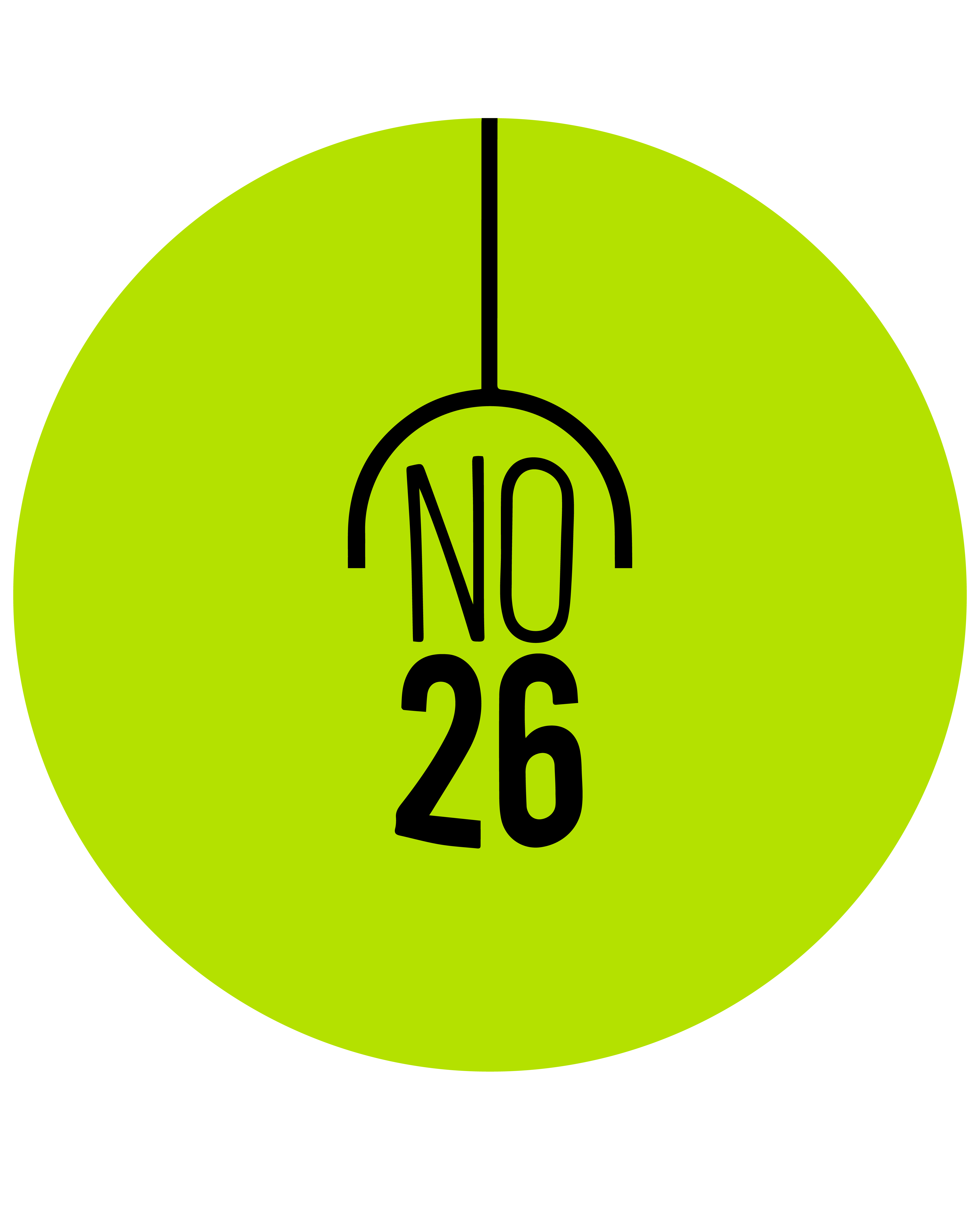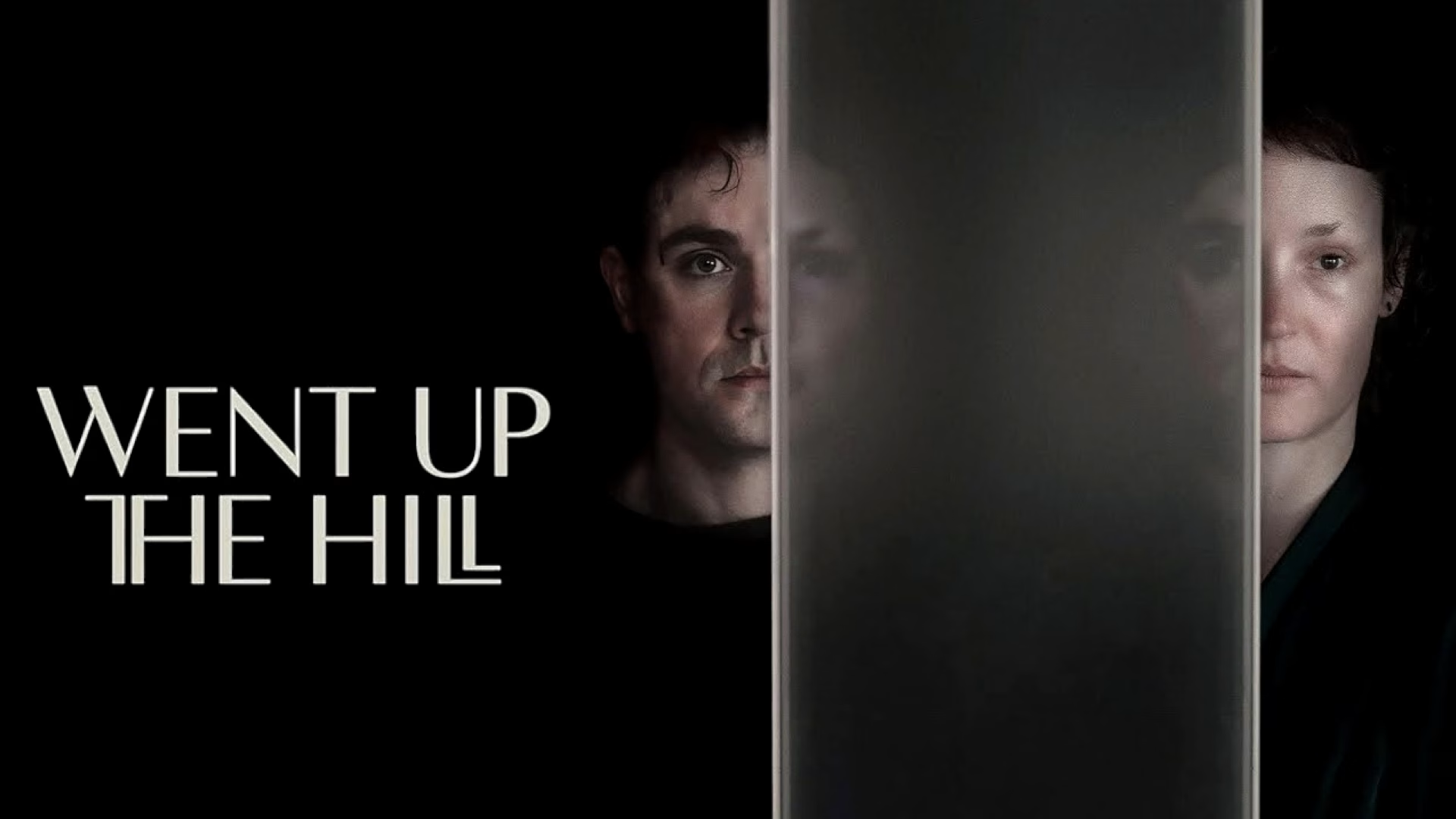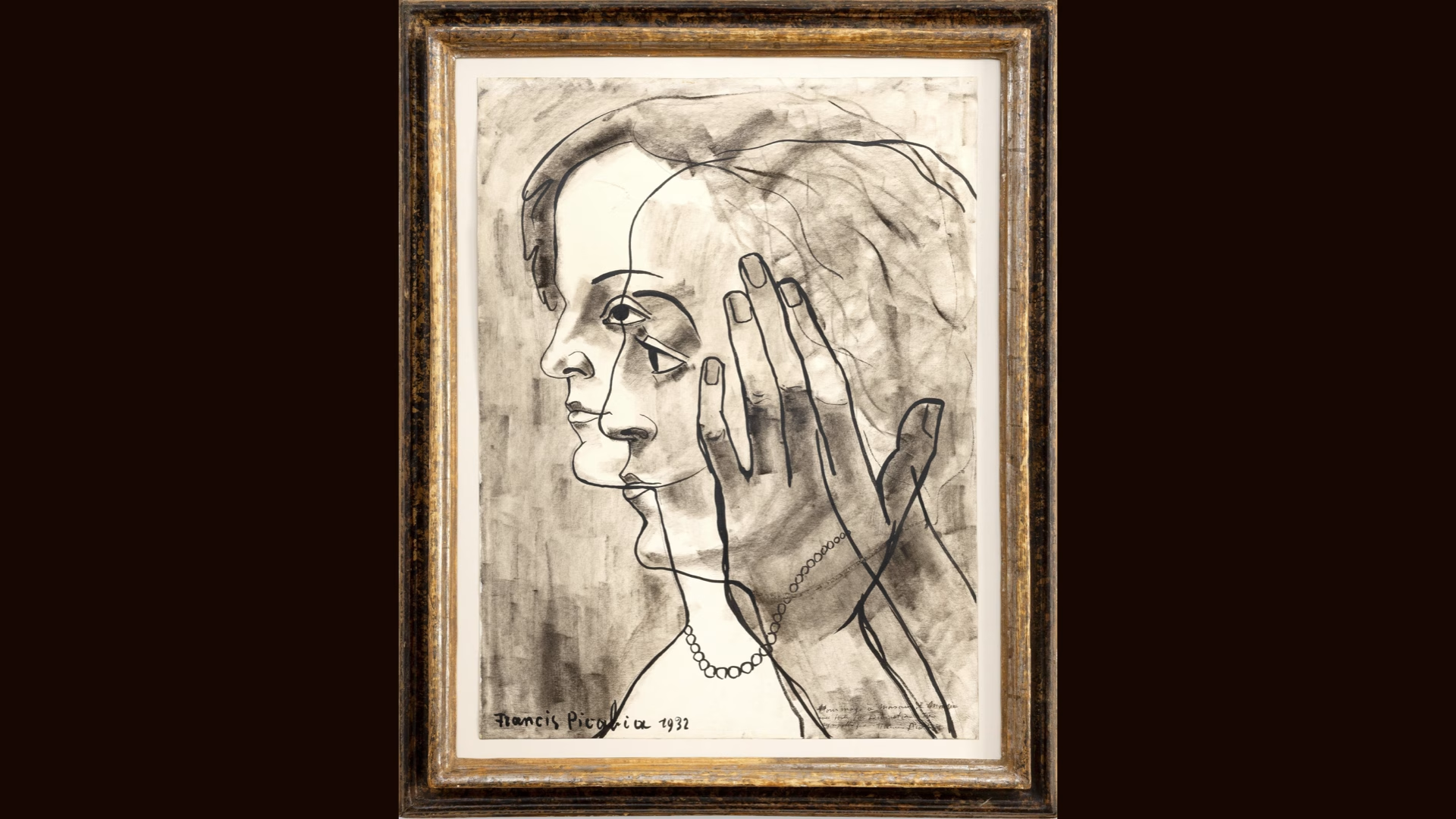In the misty hills of New Zealand, a son returns home for his mother’s funeral. But this return becomes less a reckoning with the past and more a rebirth in the shadow of a spirit. Directed by Samuel Van Grinsven, Went Up the Hill begins like a ghost story built on grief, trauma, and belonging but quickly transcends this, quietly tracing the marks left by both death and memories on the human soul.
Dacre Montgomery stars as Jack, who returns to his childhood town after receiving news of his mother’s death. At the funeral, he meets Jill (Vicky Krieps), his mother’s widowed partner. This encounter is less a farewell than a haunting re-embodiment of the past. Elizabeth’s restless spirit—the deceased mother—possesses Jack and Jill in turn, weaving a supernatural tale with themes of familial guilt, fracture, and suppressed love.
Van Grinsven eschews the easy thrills of a horror narrative, instead immersing the viewer in the weight of atmosphere. Long silences, echoing footsteps, the damp texture of walls—these elements function not as horror effects but as echoes of memory. The cinematography (Tyson Perkins) creates tension between the tranquility of nature and the suffocating interiors; the outside offers freedom, while the inside is a prison of the past.
The performances by Dacre Montgomery and Vicky Krieps craft an emotional atmosphere where character boundaries blur. Both feel like two echoes of the same pain—one trying to escape, the other to remember. The director transforms this internal conflict into a physical experience, with scenes capturing the simultaneous acts of possession and loss.
References to the “Jack and Jill” nursery rhyme are more than a playful nod; they extend the metaphor of falling, repeating, and climbing again. Both characters scale their inner hills—one to flee the past, the other to make sense of it.
Went Up the Hill is a product of modern cinema’s new language: a film that moves deliberately between horror and drama, seeking psychological tension in silence. Van Grinsven’s camera doesn’t aim to scare but to make you feel. Long after the film ends, the house’s walls, the misty hills, and the echoing footsteps linger in the mind.
Apartment No: 26 Note
Samuel Van Grinsven’s Went Up the Hill approaches the unseen forms of trauma like an elegy. The source of fear isn’t supernatural; it’s the repressed memories themselves. This is not a ghost story but a quiet metaphor for how the past possesses us. Silent, fragile, and leaving a lasting mark.














